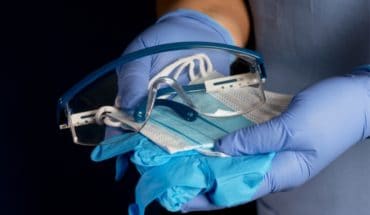A generation ago, if a cancer had spread to someone’s liver, it was considered a death sentence. Today, that is no longer the case. In our hospital, nearly half of patients who undergo an operation to remove tumours from the liver, are still alive five years later.
The huge shift has come about because of some key developments and innovations in liver surgery which have turned it from a major life-threatening ordeal to a relatively straightforward procedure. Instead of recuperating for weeks in hospital and suffering serious complications like infection, bleeding and pain, patients can often go home 48-72 hours after their op, happy in the knowledge that their tumours have been removed.
One of the most important advances was the development of powerful chemotherapy that can render an inoperable patient into someone who is suitable for surgery in the first place. Drugs are now available which can shrink liver tumours to a size that we can operate on.
And surgery in the past usually involved huge blood loss, simply because the liver is an organ that is richly fed with blood vessels criss-crossing throughout its internal structure. The new ‘bloodless’ surgery involves skeletonising the liver structures using a wave of high-frequency ultrasound, so the blood vessels are identified and preserved. We can easily cauterise the vessels we need to cut to remove the disease portion of liver.
New keyhole and 3D surgical techniques have allowed us to remove up to 75 per cent of the liver with minimal blood loss. Anaesthetists also now tailor their drug combinations for liver cancer patients to ensure that blood pressure remains low during the procedure, which further reduces the risk of bleeding.
Within five to six weeks, the remaining liver will have regrown to its original volume and size and be disease free. (The Ancient Greeks were the first to realise this amazing characteristic of the liver, which lies behind their Prometheus myth – of the Titan who created mankind but was punished for stealing fire from Mount Olympus by having his liver plucked out every day by an eagle, only for it to re-grow again.)
Transplants, however, are ordinarily not an option for people with advanced cancer and liver metastases. This is not simply because of the acute shortage of organs for donation but also the fact that immunosuppressant drugs, which are required for the body not to reject the new organ, will also trigger the return of the cancer.
Patients can return to their normal lives within a very short space of time and we now ensure that they are monitored closely – every three months for two years after the operation and every six months after that. Blood tests are done and patients undergo CT scans to check if liver tumours have returned.
If they have – and we expect them to in many cases – we can simply schedule them in for another surgery. Three to four resections are not unheard of and there is no reason why someone could not have more than that, as long as their disease had not progressed significantly in other areas of the body.
For some patients, repeated liver resection is a normal part of their ongoing treatment, and with advances in anaesthesia and surgery, recovery is similar to more minor procedures.
We hope to increase our long-term life expectancy rates even further as new surgical innovations become standard practice in ORs around the country.
- The best bit about my job - 21st June 2016
- Liver cancer – no longer a death sentence - 16th March 2016






